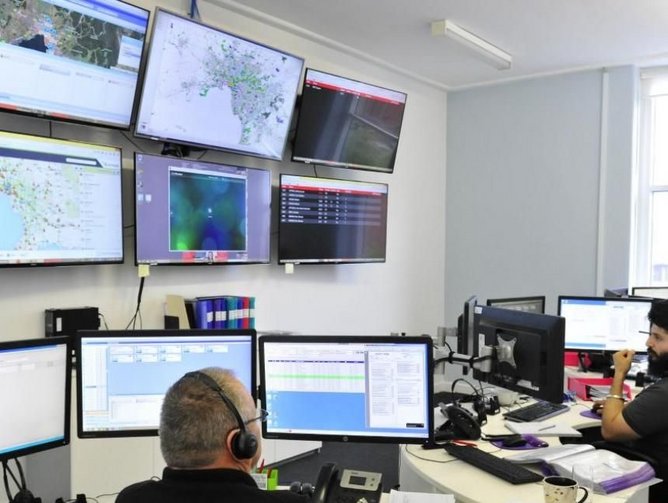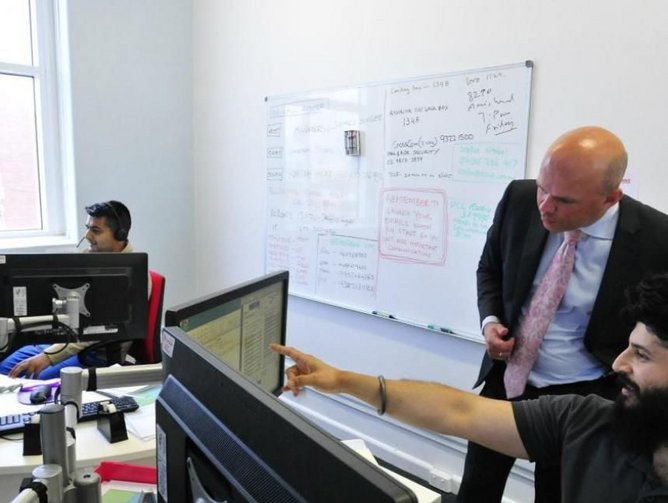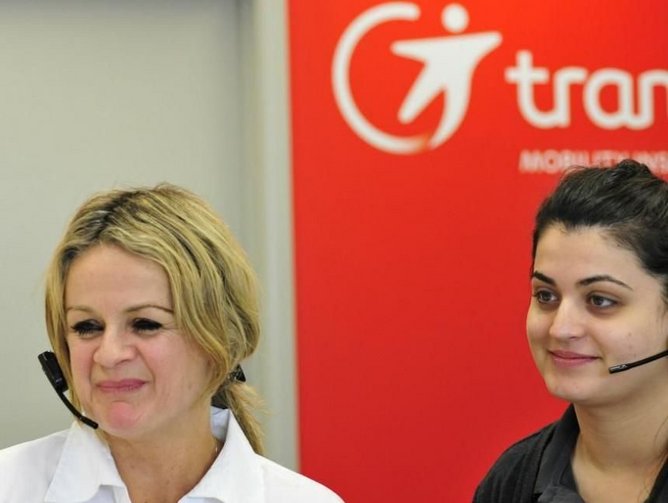As the leading public transport company that delivers services across Australia and New Zealand, Transdev is all too aware that driving efficiencies in IT will transform their business. Now mid-way through their technology transformation journey, they admit that there are still challenges ahead – but there are also plenty of wins to celebrate to date.
With an extensive and diverse public transport system that includes trains, buses, ferries, light rail services and coaches across Australia and New Zealand, Transdev facilitates over 145 million customer journeys every year.
Their savvy and digitally connected consumer base is increasingly demanding convenience, explains Transdev Chief information officer Simon Pearce. Consequently, new operational practices – such as transitioning from a paper-based system to an automated control centre – are just one of many changes Transdev is embracing on their technology transformation journey.
“We have rolled out a lot of initiatives, and one of our major focuses recently has been around rebuilding our business processes and applying solutions to the process. One of our first major projects was creating a centralized operational control centre with an, interactive kiosk for our bus operations in Melbourne, the first of its kind in the bus industry.” he explains.
“What this does is it automates the process. Rather than using traditional paper-based resources for the task to be completed, our new systems provide a platform for processes to be automated, so that our people can use their time elsewhere in a more efficient way.”
To be clear, transforming their tech infrastructure has been – and will continue to be – no small task. Pearce, who has been in the role for 18 months, leads a team of 24 employees across IT applications, architecture and service delivery, and their primary goal is to overcome technology obsolescence, while also achieving best practice solutions and platforms to optimise operations.
“Some of the biggest challenges our business faces is around obsolescence of the existing technology platforms. Due to our organic growth in the region many of our systems are aged and fragmented, so we’re focused on implementing a single source application portfolio,” Pearce says.
“This is essentially a greenfield approach to delivering best practice for our operations which ultimately positively impacts our customers. In many instances we had to build from the ground up – so needless to say, it’s been a huge job!”
They are already seeing the fruits of their labour, as the changes in the way the business operates at a digital level have produced efficiencies already.
“It’s very different from how it was; we’re evolving and leaving behind those paper processes wherever possible,” Pearce says.
As with all information technology reboots, there has been an aspect of change management involved in their digital evolution.
“There has also been some management around the way that we essentially present the systems to the business, such as giving feedback to drivers around tech delivery,” Pearce says.
“But there are huge opportunities around the automation of business processes and so that’s really the key for us, to reduce our application spread and simplify the way we do things.”
Another key win for Transdev has been their broader business transformation program, which is being introduced in a number of the operations across the region including Melbourne, Brisbane, Sydney and Perth.
The program sets out to review business processes and implement best practice, with ambitious aims of helping the company go from being an industry leader to becoming an innovative disruptor.
When introduced in Melbourne and Perth in 2015, the program saw their asset management team leverage a proactive approach to maintenance. While traditionally maintenance on buses has been reactive – if something breaks, you fix the broken part – Transdev’s “reliability-centred approach” aims to predict potential pain points in advance
This involves crunching data from both the manufacturer and from their own internal processes, to come up with a formula for a ‘Point-of-Failure’ curve. They can then schedule maintenance and attend to repairs before a breakdown happens, which not only saves time and money but also ensures that the buses are available for services.
“The business transformation program has been highly successful and involves bottom up and top down reviews, so we’re looking at how we can roll that out more broadly,” Pearce confirms.
Central to their success to date in initiatives to business transformation and going paperless has been the consolidation of their in house IT assets, Pearce says.
Transdev now builds all of their infrastructure and solutions internally, as opposed to outsourcing IT, which has been their way of operating in the past.
“The rationale around bringing everything in-housewas so we could get a grip on what we have across our organisation. We had nine different networks, many with substandard infrastructure, so it was complicated, but we’ve got a handle on that now,” he explains.
“Whereas before, we were perhaps trying to make things fit into what we had, we are now focused on really making sure we have exactly what is required and delivering it in an agile manner.”
Their strategic partnerships have also been crucial to the success of their tech transformation, Pearce notes. Relationships with companies like Orion, Australia’s largest digital trunked two-way radio network, and Blue Connections, provider of best-in-class IT solutions, have allowed them to thrive.
“Orion has been a great partner in helping us bring on board a strong digital radio solution. We’ve been working very closely together to ensure our businesses have ‘fit for purpose’ technology and we really believe they’re the best technology supplier for our solution,” Pearce says.
“Blue Connection has also been a key supplier to us and a real key strategic partner, as they’ve had the ability to come up with software solutions in very tight timeframes. They deliver consistency – what they say they will deliver, they do deliver, every time.”
From here, Pearce adds, they are focused on providing their consumers with a platform that is all-encompassing, from traffic, to public transportation, to commercial carriage.
“We are continuing the digital transformation of the business by adding new and innovative technology,” he says.
“We’re looking into automated vehicles, which is really exciting, and ways we can bring about a true digital transformation of the customer experience.”





